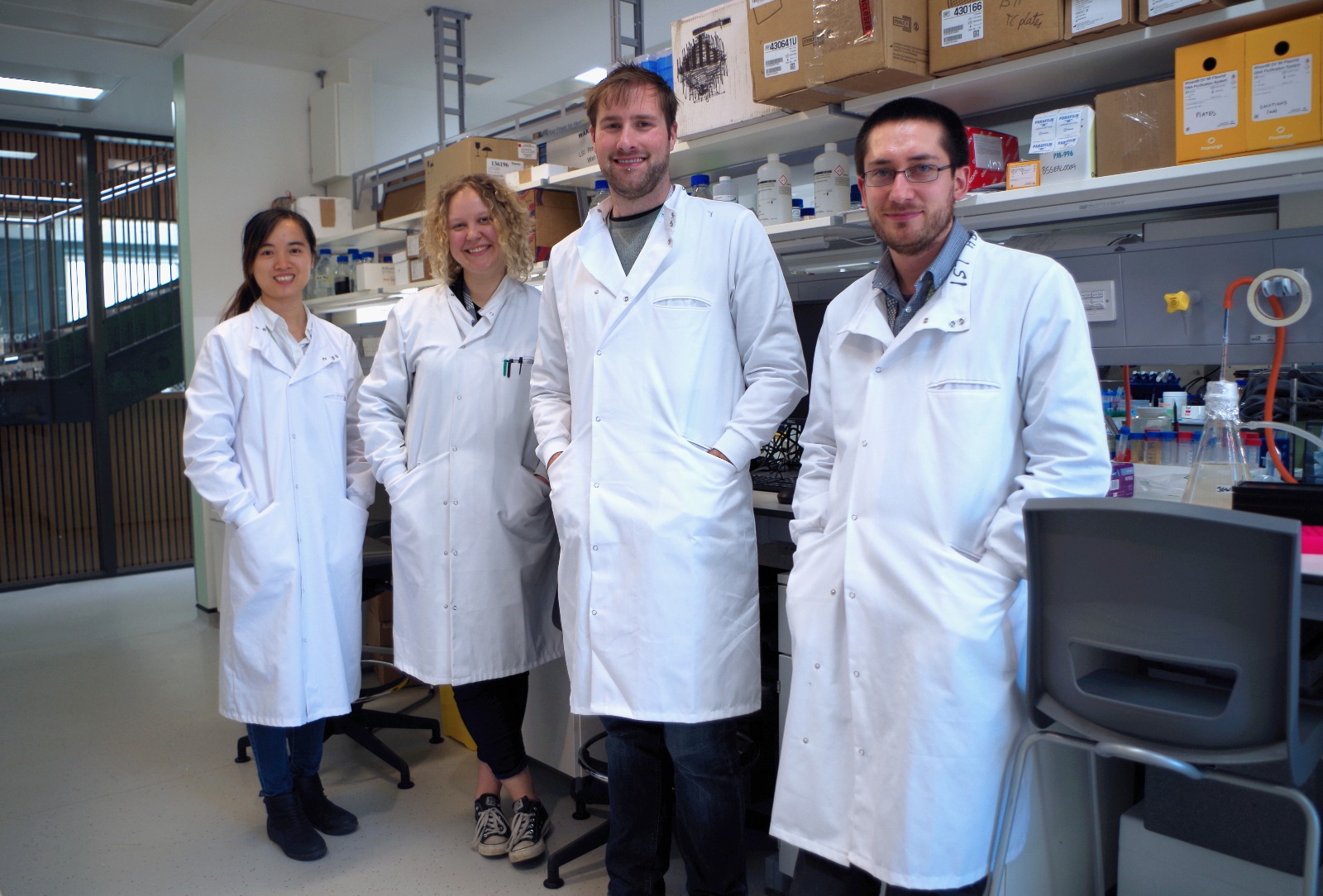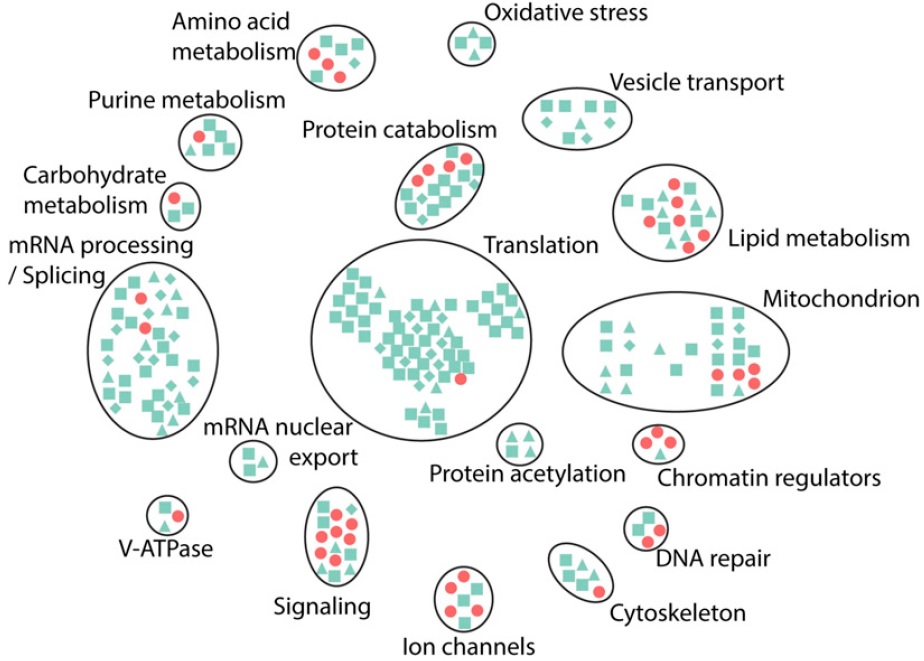Tuberous Sclerosis Complex
Repurposing FDA-Approved Drugs to Treat Tuberous Sclerosis Complex
Posted March 5, 2019
Benjamin Housden, Ph.D., University of Exeter, United Kingdom

Tuberous sclerosis complex (TSC) arises from mutations in the TSC1 or TSC2 genes. Mutations in either one of these genes prompt unregulated cell growth and ultimately non-malignant tumor growths particularly in the kidneys, skin, lungs, heart, eyes, and brain. Without adequate treatment interventions, patients eventually suffer from epilepsy, developmental delays, intellectual disability, and autism severely impacting quality of life. Current treatments for TSC only block or slow down tumor growth and require continual administration to prevent tumor reoccurrence. Using a treatment that repurposes drugs already in use for other diseases to completely destroy tumor cells would benefit TSC patients within the shortest timeframe possible.
As a member of Dr. Norbert Perrimon’s lab at Harvard University, supported by a Fiscal Year 2011 Tuberous Sclerosis Complex Research Program (TSCRP) Idea Development Award, Dr. Benjamin Housden used Drosophila (fruit fly) cells to develop a novel screening approach capable of identifying genes susceptible to therapeutic treatment to specifically kill cells with TSC1 and TSC2 mutations. As a Research Fellow at the Living Systems Institute, University of Exeter, UK, with funding from a Fiscal Year 2015 TSCRP Exploration – Hypothesis Development Award, Dr. Housden is expanding upon this previous work by further developing the screening approach and testing candidate drugs, identified in Drosophila cell screens, in human cells. Specifically, Dr. Housden is looking to identify genes that, when targeted in conjunction with a TSC mutation, cause cell death (synthetic sick or lethal [SS/L] interactions). He has refined the approach initially developed in the Perrimon lab to improve its sensitivity and robustness to screen for SS/L interactions in cells deficient in TSC1 or 2. The figure below identifies 18 biological processes with genes which appear to be SS/L with the TSC complex using both his new method (Variable Dose Analysis, VDA) and the established screening method (dsRNA). While targeting any of the genes represented by the gene cluster network (see figure) should lead to a treatment effect on TSC cells, the selection of drugs that target higher scoring components of the network is more likely to lead to a sustainable, translatable treatment.
In an effort to minimize the delay in translating successful drugs from benchtop to bedside Dr. Housden is focusing on identifying existing U.S. Food and Drug Administration (FDA)-approved drugs that can be repurposed for the treatment of TSC, either alone or in combination. These approved drugs are known to be safe in humans and have characterized side effects, so any that show promise can move quickly to efficacy studies and ultimately treatment of TSC. Based on his preliminary high-throughput Drosophila screens, four drugs have shown promise as viable candidates to treat TSC. Further studies with patient-derived TSC cells indicate that two of these candidates have potential to translate into successful treatment, and that using a combination of FDA-approved drugs yields more effective treatment of TSC cells than any single drug alone.
Dr. Housden’s team plans to test these candidate drugs in more complex models to evaluate safety and efficacy before proceeding into clinical trials. Dr. Housden’s improved method to conduct initial genetic screens in Drosophila and human cells allows him to more sensitively identify candidate drugs that specifically target diseased cells. He hopes this screening approach “will be an efficient and effective route to develop new treatments for TSC as well as a wide range of other diseases in the future.”

Originally published in PNAS (Housden, B., et al. Proceedings of the National Academy of Sciences 114.50 (2017): E10755-E10762)
An integrated network analysis of TSC dependencies
Network diagram showing genes identified as synthetic sick or lethal (SS/L) with TSC1 and/or TSC2. Symbols represent individual genes identified from dsRNA screens (light green) or Variable Dose Analysis (VDA) screens (red). Symbol shapes indicate confidence with which hits from dsRNA screens were identified (diamond, high confidence; square, medium confidence, and triangle, low confidence). Gene cluster functions were defined based on manual curation of component functions.
References:
Housden, Benjamin E., et al. "Improved detection of synthetic lethal interactions in Drosophila cells using variable dose analysis (VDA)." Proceedings of the National Academy of Sciences 114.50 (2017): E10755-E10762.
Housden, Benjamin E., et al. "Identification of potential drug targets for tuberous sclerosis complex by synthetic screens combining CRISPR-based knockouts with RNAi." Sci. Signal. 8.393 (2015): rs9-rs9.
Links:
Last updated Thursday, December 5, 2024














